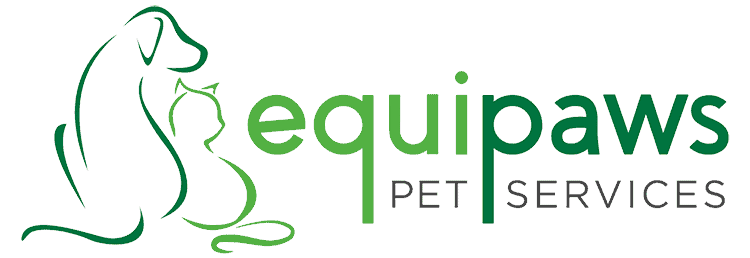National Invasive Species Awareness Week
Written by Samantha Arner
If you have ever been to Florida, you have heard of the mysterious giants that lurk deep in the Everglades. You have heard the stories of 16-foot pythons taking down full grown deer and wrestling alligators. Although these stories seem too outrageous to be true, the reality is these gigantic pythons do exist and they are only one example of the thousands of invasive species that exist in Florida. In honor of National Invasive Species Awareness Week, Equipaws Pet Services want to enlighten pet owners on invasive species and the consequences associated with them.
What is an invasive species?
For those who are unfamiliar with the term invasive species, they are living things (plants, microorganisms, and animals included) that are alien to an ecosystem and cause harm to the native wildlife. Often these species are imported from other countries and either escape captivity or are released into these foreign lands. If conditions are right they will thrive! Invasive species exist everywhere around the world, but Florida, with its warm climate, diverse habitats, and vast amounts of wildlife, support a large number of unwanted species.

Photo credit: Ian Easterling
Invasive species: Burmese Python
The Burmese python is considered one of Florida’s most catastrophic invasive species. Averaging 16 feet these snakes, from southeast Asia, are extremely secretive and very successful. They feed on local wildlife ranging in size from rats to full grown deer. There are even rumors of them taking on Florida panthers! When they aren’t feeding, these snakes hide in thick brush and underneath the water’s surface, only emerging to bask in the sunlight.
During mating season the females will mate with a number of males and will typically lay between 50 and 100 eggs. These high reproductive rates are resulting in population growth and these snakes are rapidly encroaching on coastal cities, like Miami. The Red-tailed boa, the Northern African python, the Argentine black and white tegu are among some of the other reptile species that are commonly found in Miami and are reason to cause worry for pet owners who leave their animals outdoors, unattended.

Photo Credit: Samantha Arner
Invasive species: Bufo Toads
Another invasive species and probably the most dangerous for our pets, especially dogs, is the Cane toad, also commonly known as the Bufo toad. These South American toads leak a poisonous substance when scared, which can be deadly when ingested. Although a dog can survive poisoning from a Cane toad, death is more commonly the outcome if the proper steps aren’t followed. Read more about what to do if your pet catches a bufo toad in our blog post.

Invasive Species: Feral Cats
Florida’s most controversial invasive species is feral cats. In cities like Miami it is hard to distinguish between feral and domestic cats, but they all pose a serious threat to local wildlife. Florida Fish and Wildlife estimates that one cat can be responsible for the death of 100 birds and mammals per year and it is thought that there are over 100 billion feral cats worldwide. Studies have shown that even the most well-fed cats are responsible for wildlife deaths.
Humans are the number one instigators for the success of these invasive species. When we feed stray, homeless, and feral cats we are promoting population growth. Along with being harmful to wildlife, feral cats can be harmful to our own pets. They can carry and transmit a number of diseases that can be detrimental to our pets’ health. Any time your pet is left outdoor unattended and free to roam they are at risk of contracting a deadly disease or parasite.
How to protect your pets from invasive species
As proactive pet owners and caretakers it is our duty to protect our pets any way possible.
- Be aware of your environment and the animals that could be in your backyard.
- Take the time to train your animals properly, so they take caution when exploring and leave wildlife alone.
- Do not leave your pets unattended outside. There are a number of things that can be harmful to our pets and we should protect them like we would protect our own children.
- Lastly, NEVER EVER release a pet into the wild; this is the number one way in which invasive species begin!
Although the thought of these invasive species can be fearful, Equipaws encourages you to take this National Invasive Species Awareness Week as a chance to learn about your local environment and get out there and make a difference!
Want to learn about the invasive species in Miami? Check out: Florida Fish and Wildlife Conservation Commission
Want to get involved in a local volunteer project? Go to National Invasive Species Awareness Week’s website.

A founding member of the Equipaws family, Frankie can mostly be found working behind the scenes, helping co-create online branding, managing several social media accounts, designing brand collateral, writing copy, and managing events. She also fills in for pet sitters and dog walkers when needed in Palmetto Bay, Pinecrest, and South Miami. Her own small pack consists of Boots the Shih Tzu mix and Nutmeg the Chiweenie.

